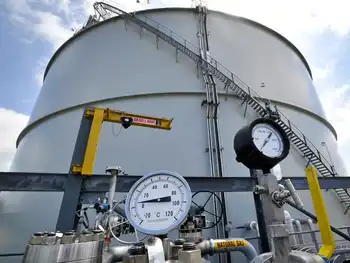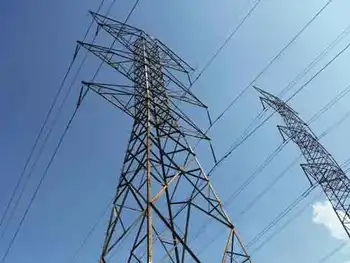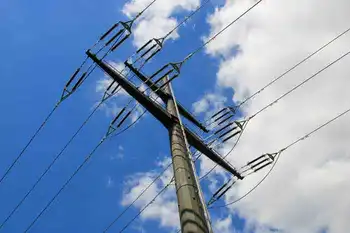PG&E seeks penalty for San Bruno explosion
SAN FRANCISCO, Calif. — - SAN FRANCISCO, Calif. — Recently, Pacific Gas and Electric Company PG&E said that a penalty being considered by the California Public Utilities Commission CPUC in connection with the 2010 explosion of a natural gas transmission pipeline in San Bruno should be reasonable and take into account precedent and the investments the company has made to promote safety.
Recently, the CPUC's administrative law judges released a recommended penalty resulting from the investigations. While the CPUC characterized the penalty as totaling approximately $2 billion, PG&E believes that the total shareholder impact could reach approximately $4.75 billion, including the previous $2.7 billion in estimated costs that shareholders have incurred or are forecast to incur, to improve and enhance the safety of PG&EÂ’s natural gas operations.
The ultimate amount of costs will depend on the scope and timing of work and other factors, many of which are described in PG&E CorporationÂ’s and PG&EÂ’s recent Securities and Exchange Commission reports. ItÂ’s likely that the CPUC could take a minimum of 45 days to reach a final decision.
“Since the 2010 explosion of our natural gas transmission pipeline in San Bruno, we've been dedicated to re-earning the trust of our customers and the communities we serve. We are deeply sorry for this tragic event," said PG&E Corporation Chairman, CEO and President Tony Earley.
“We are accountable and fully accept that a penalty of some kind is appropriate. However, we have respectfully asked that the Commission ensure that the penalty is reasonable and proportionate and takes into consideration the company's investments and actions to promote safety. Moreover, we believe any penalty should directly benefit public safety.
“We've worked hard to do the right thing for the victims, their families and the community of San Bruno. Beyond this, all of us at PG&E have committed ourselves to a goal to transform this company into the safest and most reliable energy provider in America. We’ve hired some of the best gas experts in the country to help guide this effort and supported it with billions of dollars in shareholder funding.
“We have made tremendous progress but we’re not done. We have more work to do and we won’t rest until it’s done and done right.” Here are just a few of the concrete actions the company has taken to make safety the cornerstone of its culture:
• Change began at the top with Tony Earley joining the company as CEO in 2011. We restructured our gas operations business and hired the best natural gas experts in the country to run it.
• We put 3,500 leaders at all levels of PG&E through safety training and we review the lessons of San Bruno with every new employee.
• We have conducted advanced pipeline safety testing, replaced pipe where necessary and installed 150 new automated or remotely controlled emergency shut-off valves.
• We built a new gas operations control center from which we can monitor the entire system and respond more quickly and effectively to emergencies. It employs the most advanced technology.
• We’re using new gas leak detection technology that is 1,000 times more sensitive than before in order to help find and fix leaks before they become a problem. When a customer calls to report a gas odor, we are now among the fastest in the entire industry in responding.
As a result of these and many other efforts, PG&E recently became one of the first utilities ever to earn two of the highest internationally recognized safety certifications—the International Organization for Standardization ISO 55001 and Publicly Available Specification PAS 55-1. These stringent certifications must be re-earned every year.
The company has settled claims amounting to more than $500 million with the victims and families of the San Bruno accident, established a $50 million trust for the City of San Bruno for costs related to recovery and contributed $70 million to support the cityÂ’s and communityÂ’s recovery efforts.
Related News

Nova Scotia Power delays start of controversial new charge for solar customers
HALIFAX - Nova Scotia Power has pushed back by a year the start date of a proposed new charge for customers who generate electricity and sell it back to the grid, following days of concern from the solar industry and politicians worried that it will damage the sector.
The company applied to the Nova Scotia Utility and Review Board (UARB) last week for various changes, including a "system access charge" of $8 per kilowatt monthly on net metered installations. The vast majority of the province's 4,100 net metering customers are residential customers with solar power, according to the application.
The proposed charge…




